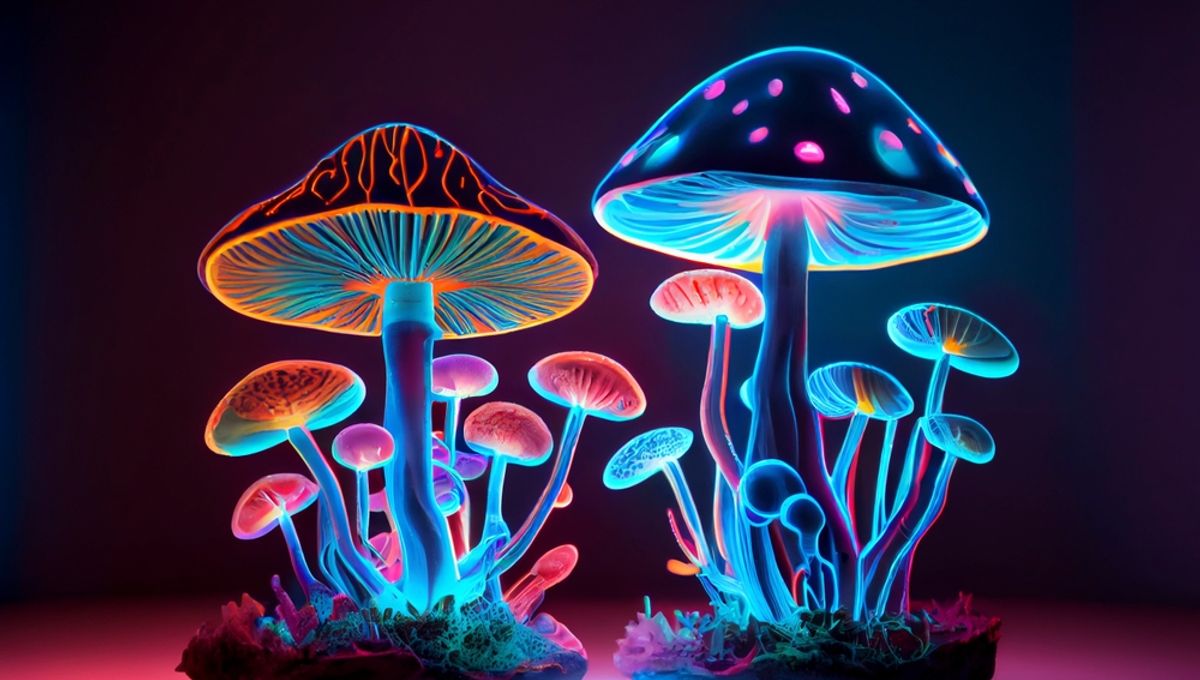Did you know that between 2 and 4 percent of people have aphantasia? This means they can’t generate mental pictures. Imagine someone telling you to “imagine a castle,” but all you can conjure up is a castle you already know, like Hogwarts. It’s not an image, but rather a description you’ve read.
While aphantasia isn’t considered a disability or disorder, it can make certain tasks challenging. For example, one woman with aphantasia struggled to remember routes and often got lost. However, after taking a dose of psilocybin mushrooms, her internal world transformed into a vivid landscape of graphic scenes.
She described the experience as incredible, as it was the first time she had mental images. Suddenly, she could play with images, zoom in, zoom out, and even break down colors. The possibilities seemed endless, extending beyond the visual and sensory experiences of real life.
Following her psychedelic journey, the woman started dreaming in images and has maintained her newfound ability to visualize for a whole year. Memories that were once devoid of visual elements now materialize in her mind’s eye. For instance, she can vividly recall chasing chickens at her grandmother’s house when she was two years old.
To measure the changes in her conscious experience, the woman completed the Vividness of Visual Imagery Questionnaire. The results were astounding, showing a significant increase in her score from the minimum to the maximum rating after taking psilocybin. It was a dazzling explosion of mental magnificence.
However, a year later, her score dropped to the average rating for someone without aphantasia. While her ability to visualize persisted, it was no longer as spectacular as immediately after her mushroom experience. She noticed that her internal visualizations had become less colorful over the 12 months.
The author of the case report suggests that psilocybin’s known ability to alter visual perception may have played a role in this reversal. Additionally, aphantasia has been associated with dampened emotions, so the impact of psychedelic drugs on emotional processing might somehow influence mental imagery.
Although this woman’s story is eye-opening, it’s important to approach it with caution. The case report is based on a single individual, and further research involving larger samples, long-term follow-ups, and controlled studies is needed to fully understand the potential effects of psilocybin on the quality of life and mental imagery of individuals with aphantasia.
If you’re interested in reading the full case report, it is currently awaiting peer review and available as a preprint on PsyArXiv.








